Joseph Mallord William Turner, commonly known as J.M.W. Turner, was an English Romantic landscape painter and watercolorist who left an indelible mark on the art world with his captivating and atmospheric works. Turner’s ability to capture the play of light and the grandeur of nature set him apart as a true visionary. In this blog post, we will explore Turner’s life, his preferred subjects and locations, his mastery of watercolour as a medium, and showcase five of his most remarkable artworks.
“The Fighting Temeraire” (1839):
“The Fighting Temeraire” is arguably Turner’s most iconic and celebrated work. This painting depicts the majestic HMS Temeraire, a retired warship being towed by a steam-powered tugboat, symbolising the passing of an era. It can be viewed at the National Gallery in London, where it continues to captivate audiences with its evocative depiction of fading glory.
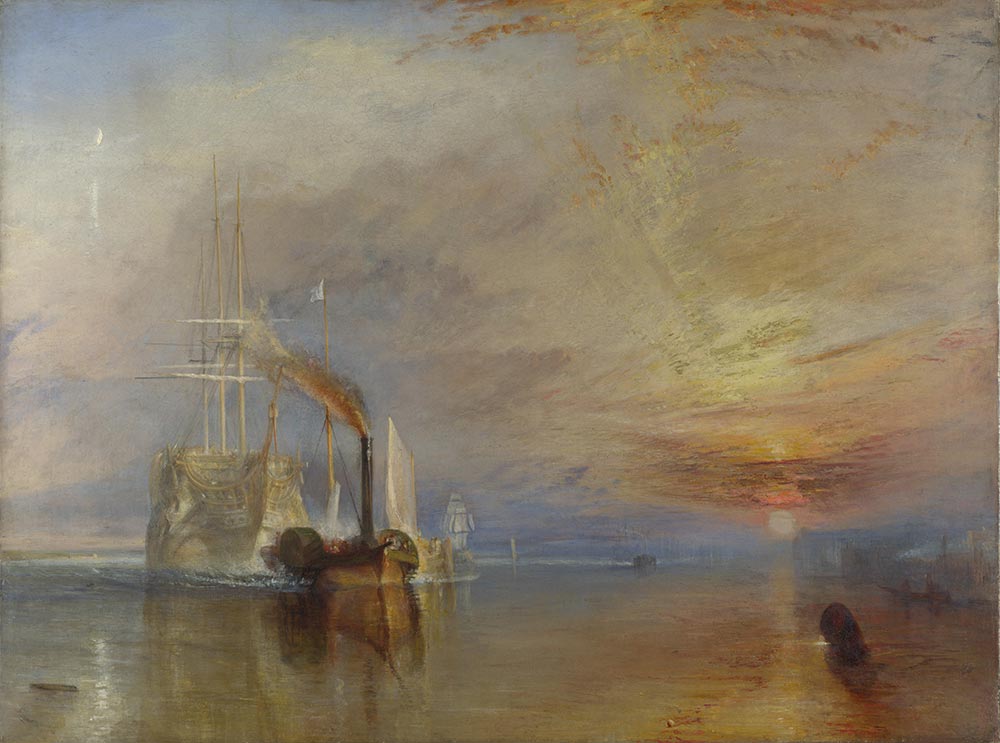
“Rain, Steam, and Speed – The Great Western Railway” (1844):
This painting showcases Turner’s fascination with the Industrial Revolution and the rapid advancements in technology. It depicts a steam locomotive hurtling across a rain-soaked railway bridge, capturing the dynamism and power of the modern age. The artwork is housed in the National Gallery in London, offering viewers a glimpse into Turner’s innovative approach to capturing movement and atmosphere.
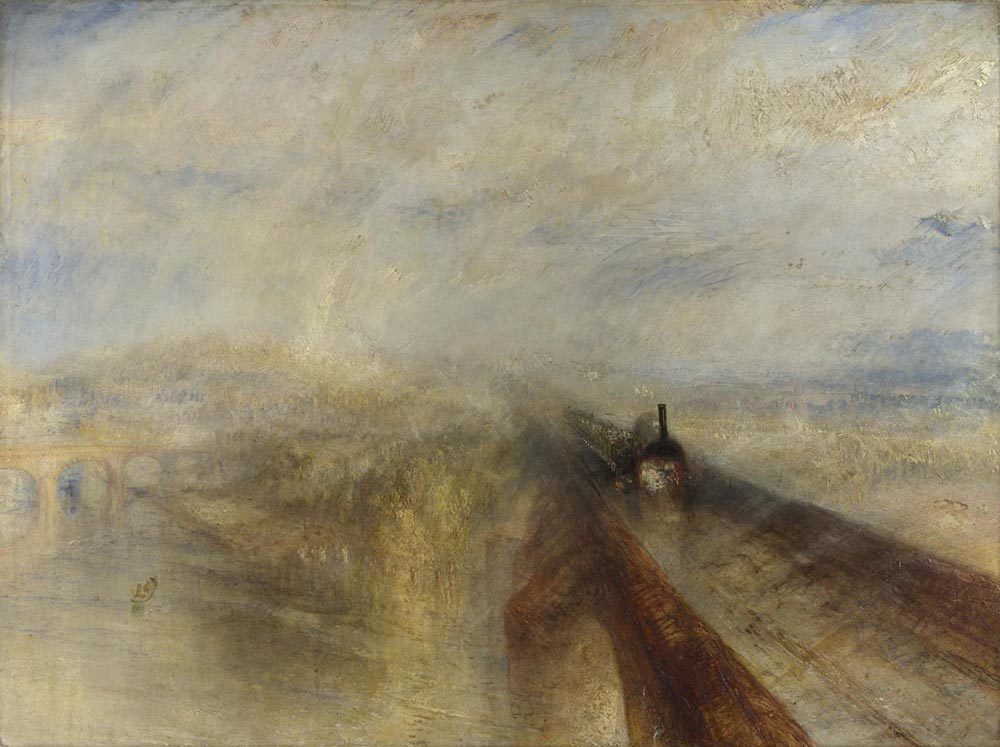
“Snow Storm – Steam-Boat off a Harbour’s Mouth” (1842):
“Snow Storm – Steam-Boat off a Harbour’s Mouth” is a testament to Turner’s ability to convey the raw energy and elemental forces of nature. This captivating work depicts a ship struggling against a violent snowstorm at sea. The painting is part of the Tate Britain collection, allowing visitors to experience the immersive power of Turner’s seascapes.
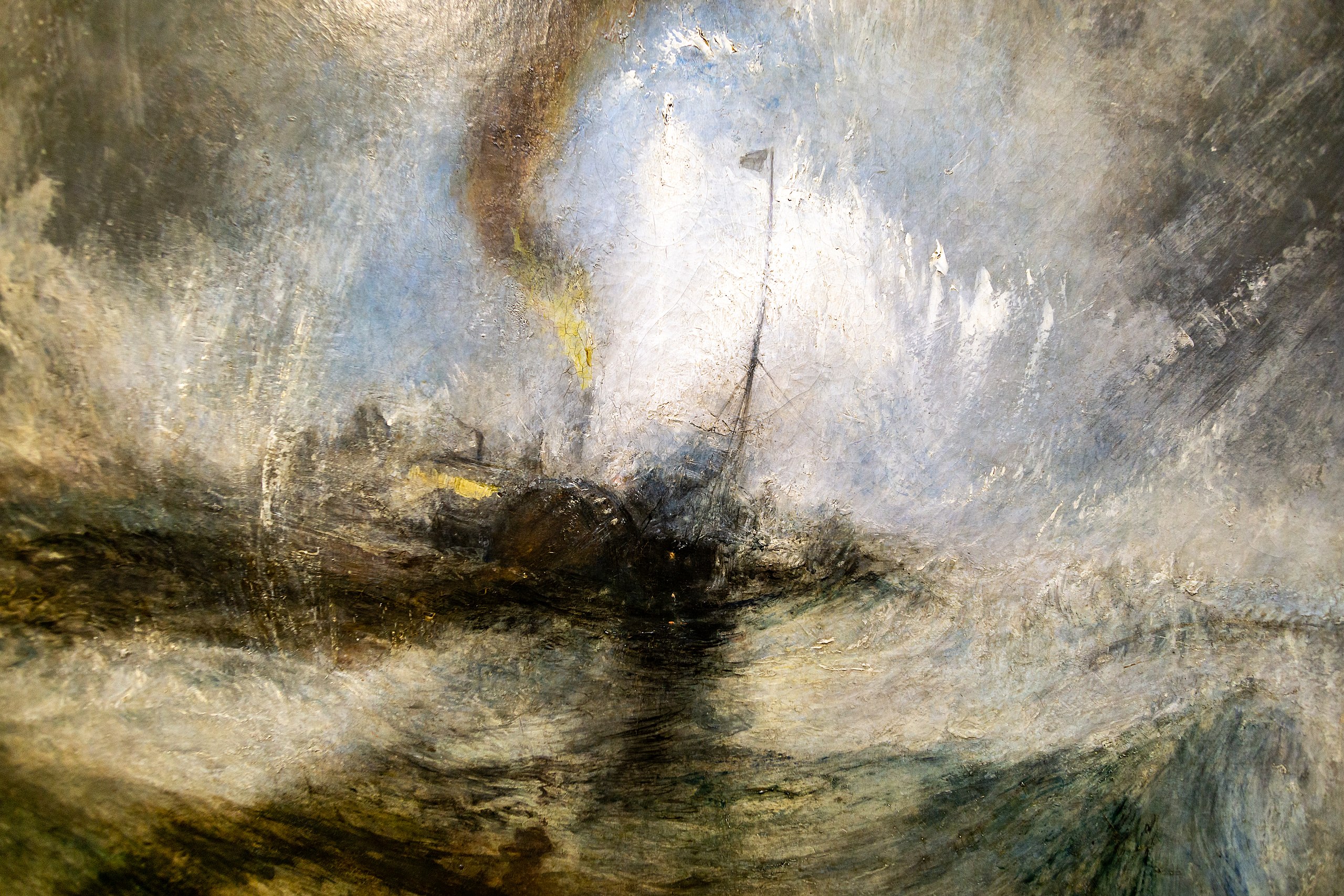
“The Slave Ship” (1840):
“The Slave Ship” is a powerful and haunting piece that addresses the moral issue of slavery. Inspired by a true event, the painting depicts a slave ship throwing slaves overboard during a storm. This evocative work, housed in the Museum of Fine Arts, Boston, showcases Turner’s ability to infuse his landscapes with social and political commentary.
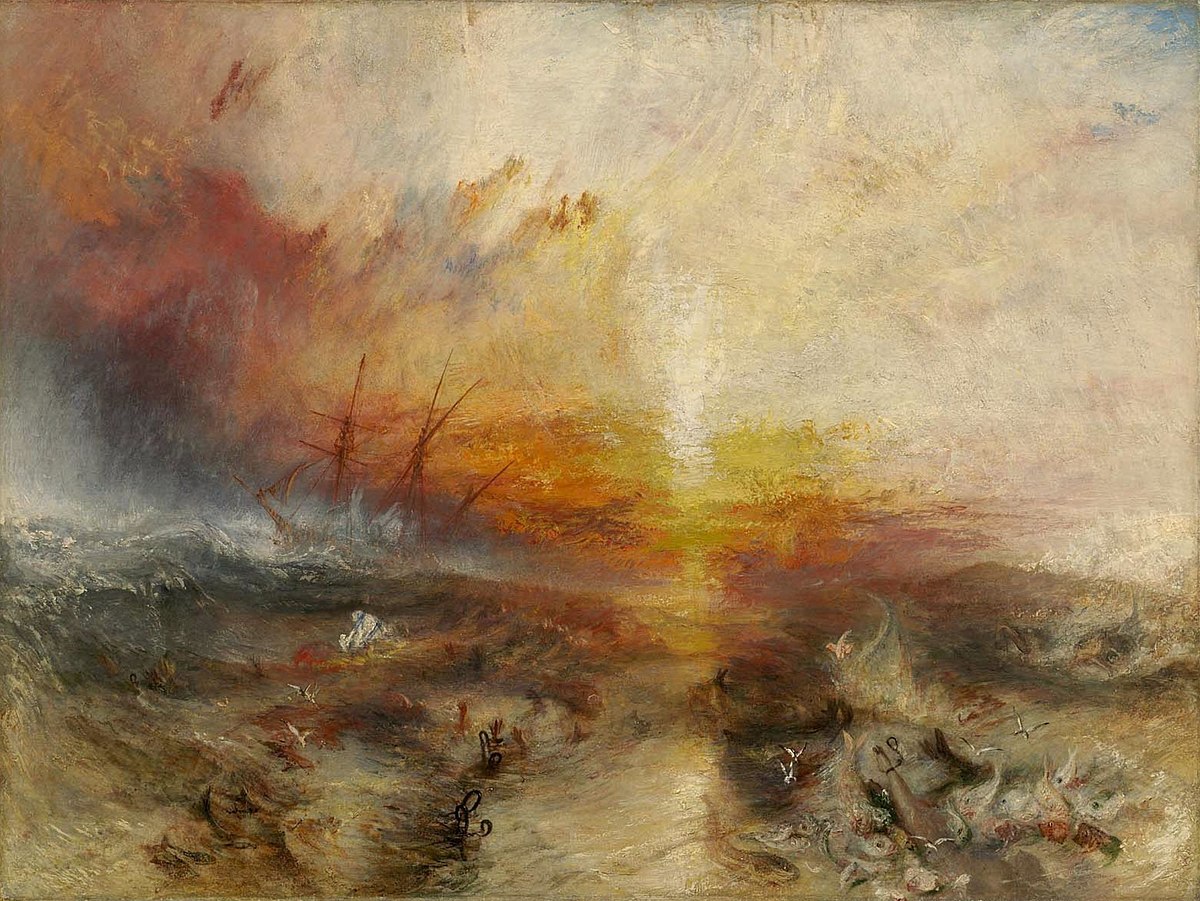
“The Burning of the Houses of Parliament” (1835):
“The Burning of the Houses of Parliament” portrays the dramatic destruction of the iconic British landmark. Turner masterfully captures the chaos and spectacle of the event, using vibrant colors and bold brushwork. This awe-inspiring painting can be admired at the Philadelphia Museum of Art.
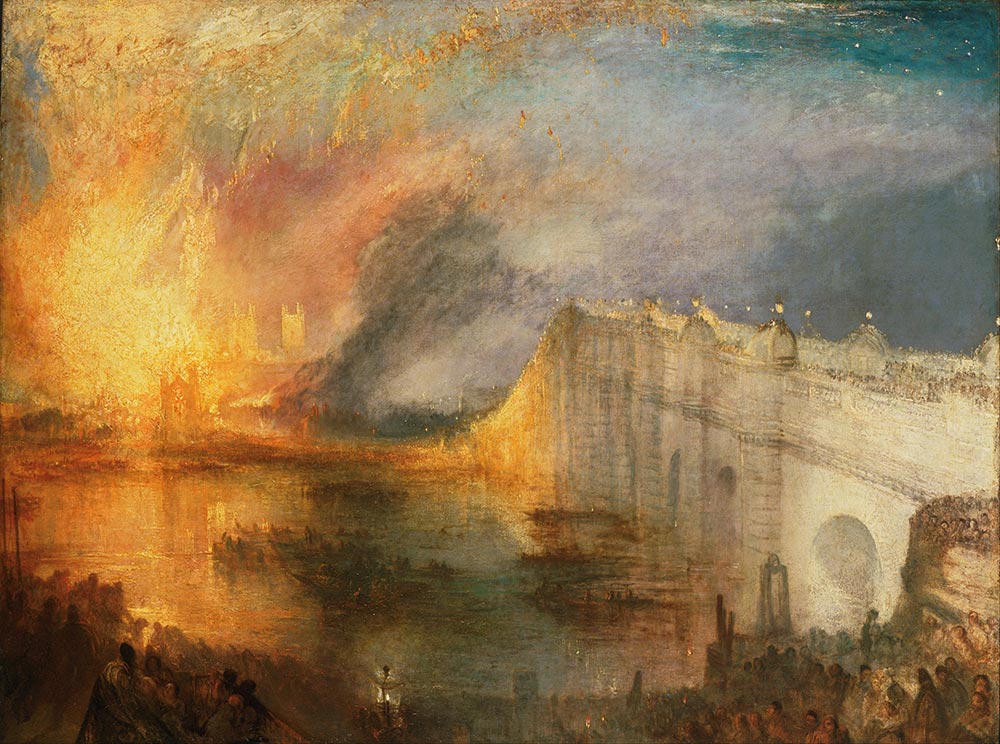
Turner traveled extensively throughout his life, seeking inspiration from various landscapes and seascapes. His favourite locations included Venice, the Swiss Alps, and the English countryside. He was drawn to scenes that allowed him to explore the interplay of light, water, and atmospheric conditions, capturing the ever-changing moods of nature.
Turner’s mastery of watercolour as a medium is particularly noteworthy. He used its translucent qualities to render luminous skies, shimmering water, and delicate effects of light. His innovative techniques, such as wet-on-wet and scraping, allowed him to create stunning visual effects and capture the ephemeral nature of light.
Turner was born in London in 1775 and exhibited remarkable talent from an early age. His works challenged the conventions of the time, pushing the boundaries of traditional landscape painting. Turner’s contributions to the art world earned him a prominent place in history as one of the greatest landscape painters.
The artist passed away on December 19, 1851, and his bequest to the nation included a collection of over 19,000 artworks, which formed the basis of the Turner Bequest at Tate Britain. Today, his influence can still be felt in the works of countless artists who continue to draw inspiration from his mastery of light, atmosphere, and emotion.
J.M.W. Turner’s ability to capture the fleeting beauty of light and the sublime power of nature remains unparalleled. His works continue to enchant art enthusiasts and evoke a sense of wonder. By portraying the ever-changing world with a sense of drama and emotion, Turner left an enduring legacy that continues to inspire and captivate audiences worldwide.
If you would like to receive a roundup of all of our blog posts once a week to keep you inspired in your inbox, why not sign up to our newsletter. You can access our sign up at the top of our page. If you are a London Art College student and you would like your artwork featured here, drop us a line at any time.

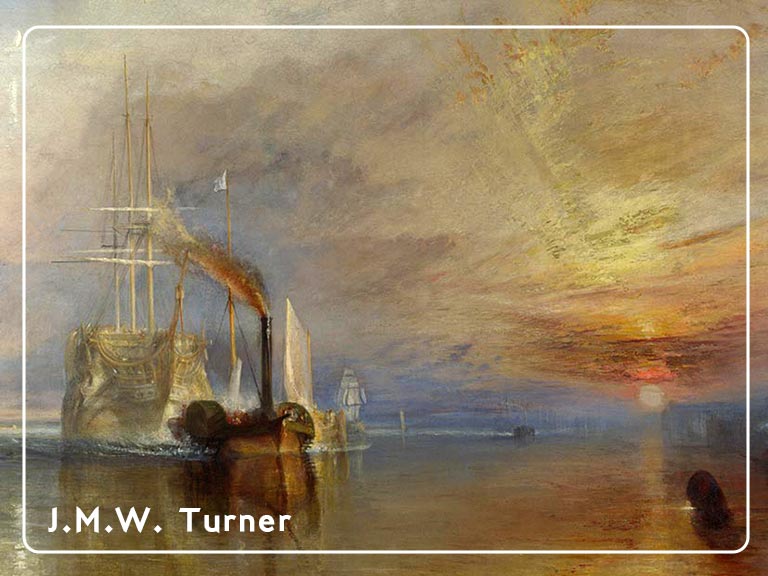
Eserleri çok beğendım çok güzeller ellerinize sağlık
I’m enthralled by Turner’s paintings.
They are absolutely amazing aren’t they!
They are beautiful paintings…
We are thrilled you enjoyed the blog post Irene! Melanie x